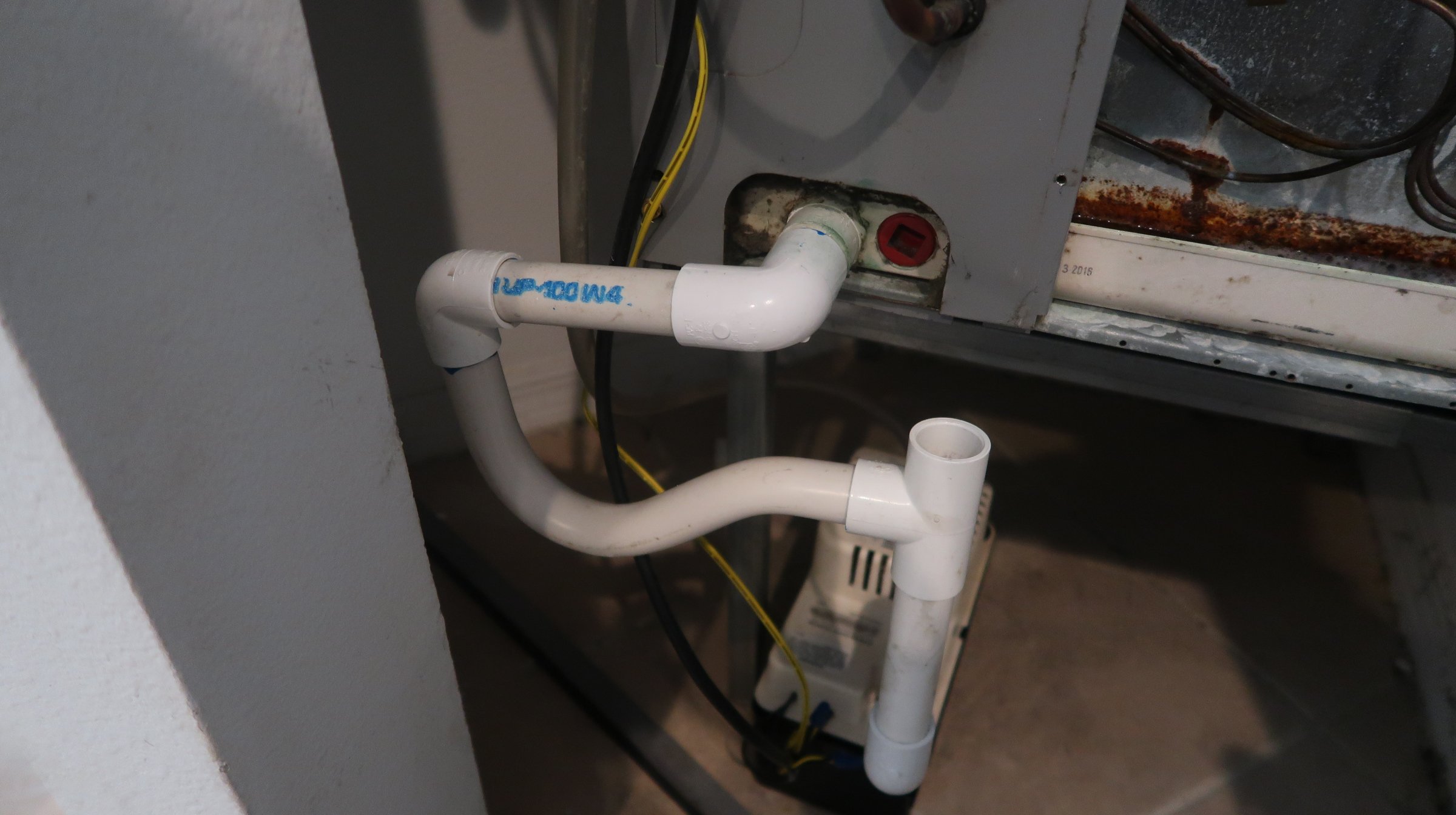Get Tech Tips
Subscribe to free tech tips.
Infrared vs. Heated Diode Leak Detectors

Every HVAC/R tech needs an electronic leak detector nowadays, and with low-GWP HFC and HFO refrigerants getting more and more commonplace, every HVAC/R tech needs a VERY sensitive electronic leak detector. (Yes, electronic leak detection does work.)
We often see three types, but let's toss out the corona discharge leak detector right off the top. It just picks up too many other types of chemicals to be useful and can easily result in false positives. That leaves the heated diode (or Pentode in the case of Tif) and the infrared.
Heated Diode
The heated diode is the standard for sensitivity and the ability to pinpoint a leak. Some common heated diode leak detectors are the Hilmor LDHD250, the Testo 316-3 shown above, and the Fieldpiece DR58.
Advantages
- You can move to the spot of the leak and hover over that point to detect very small leaks. This allows you to pinpoint the leak.
- There is tremendous sensitivity on many models.
- Many techs feel they are more accurate because the motion is more intuitive. Place the probe over the leak, and the detector goes off.
Disadvantages
- A heated diode can give false positives from some other substances.
- The sensor is prone to fouling from moisture and oil.
- The sensors need to be replaced fairly often (usually at about 100 hours of operation).
- The sensor needs to be allowed to heat up before use.
Infrared
Infrared leak detectors are increasing in popularity over recent years. An infrared leak detector draws the sample across an optical sensor that analyzes how much IR radiation the sample has absorbed. Some common types are the Fieldpiece DR82 and the Hilmor LDIR150.
Advantages
- The sensors last longer than the heated diode.
- They are less susceptible to false positives from other gasses and maintain full accuracy for a greater range of refrigerants.
- Very good sensitivity, though not generally as sensitive as the most sensitive heated diode models.
Disadvantages
- Infrared detectors compare samples to one another for detection. That means that the probe generally must be moved continuously to work properly. That can make pinpointing the leak more tricky.
- It can be more difficult to get a sense of the size of the leak because they are constantly recalibrating (in my experience).
As is true in many things, you get what you pay for, so you should expect to pay $250-550 for a good-quality leak detector. If you stick with a quality brand and read up on the technology and sensitivity specs beforehand, you will generally be in good shape with either a heated diode or an infrared leak detector.
—Bryan
P.S. – You can follow any of the product links in this tech tip to the TruTech Tools website. If you decide to purchase anything from there, be sure to use the code GETSCHOOLED at checkout for a sweet discount!
P.P.S. – Heated diode and infrared leak detectors are just a couple of options. HVAC School has quite a bit of content about other types of leak detectors. I've also released videos about ultrasonic leak detection (including one where one of the Kalos techs finds a leak in the field) and even had a debate with Craig Migliaccio (AC Service Tech) about leak detectors. I also wrote an article about leak detector care and maintenance.










Comments
Bryan,
I have an automotive-related question which I am hoping you may have some experience or knowledge to help. I am in a buyer’s analysis-paralysis between buying a Fieldpiece SRL8 (heated diode) or a SRL2K7 (infrared) leak detector. Which is why I found your article interesting on the general pros & cons of each type.
I am inexperienced and untrained in using these types of tools but have a 73-year-old’s love of tinkering around with cars and diagnosing problems etc with quality equipment. I am prepared to pay the extra $100 for the infrared model if it’s the better tool for detecting R134a in the messy, cluttered world of car engine bays.
Hoping you may have some advice for me.
Bryan,
I have an automotive-related question which I am hoping you may have some experience or knowledge to help. I am in a buyer’s analysis-paralysis between buying a Fieldpiece SRL8 (heated diode) or a SRL2K7 (infrared) leak detector. Which is why I found your article interesting on the general pros & cons of each type.
I am inexperienced and untrained in using these types of tools but have a 73-year-old’s love of tinkering around with cars and diagnosing problems etc with quality equipment. I am prepared to pay the extra $100 for the infrared model if it’s the better tool for detecting R134a in the messy, cluttered world of car engine bays.
Hoping you may have some advice for me.
Please ignore previous message. I will look elsewhere for the information.
Please ignore previous message. I will look elsewhere for the information.
I think the SLR8 is heated diode… the SLR2 is the infra red model
I think the SLR8 is heated diode… the SLR2 is the infra red model
To leave a comment, you need to log in.
Log In